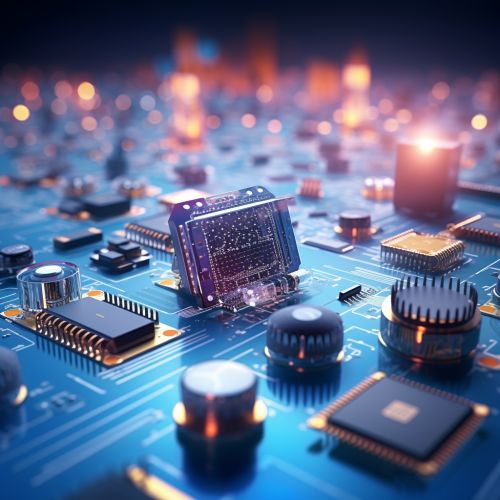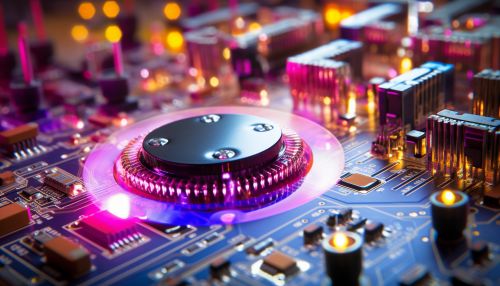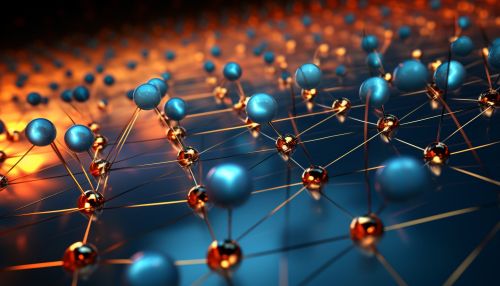Nanoelectronics
Introduction
Nanoelectronics refers to the use of nanotechnology in electronic components. The term covers a diverse set of devices and materials, with the common characteristic that they are so small that inter-atomic interactions and quantum mechanical properties need to be studied extensively. Some of these candidates include: hybrid molecular/semiconductor electronics, one-dimensional nanotubes/nanowires (e.g., Si nanowires or carbon nanotubes), or advanced molecular electronics.


History
The history of nanoelectronics is a testament to the advances in nanotechnology and the understanding of properties at the nanoscale. The field has its roots in the invention of the scanning tunneling microscope in the 1980s, which allowed researchers to see individual atoms for the first time. This paved the way for the development of the first nanoelectronic devices in the 1990s.


Fundamental Concepts
Nanoelectronics is based on the application of nanotechnology in the field of electronics and electronic components. Nanoelectronics and nanotechnology are widely recognized as having a significant potential to deliver large scale benefits. However, nanoelectronics is different from microelectronics, which uses microfabrication techniques to achieve a smaller size of electronic components.


Quantum Mechanical Properties
In nanoelectronics, the operating principles of devices and the way that signals are communicated can be very different from macroscopic systems. This is primarily due to quantum mechanical effects that come into play at the nanoscale. For example, electrons in nanoelectronic devices can behave as waves in a "quantum interference effect", which can be used to make extremely sensitive detectors.


Inter-atomic Interactions
At the nanoscale, inter-atomic interactions become significant. These interactions can affect the behavior of devices and can be used to create new types of devices. For example, in a nanoelectronic device, the electrons can be confined in a region that is comparable in size to their wavelength, leading to quantum confinement effects.


Applications
Nanoelectronics has a wide range of applications, including in the development of semiconductors, transistors, and quantum bits for quantum computing. Other applications include in the fields of medical and biological sciences, where nanoelectronic devices can be used for targeted drug delivery, bio-detection, and tissue engineering.


Future of Nanoelectronics
The future of nanoelectronics is promising, with many potential applications in various fields. However, there are also challenges to be overcome, including issues related to fabrication, control, manipulation, and measurement at the nanoscale. Despite these challenges, the field of nanoelectronics is expected to have a significant impact on a wide range of industries, from healthcare to computing.
